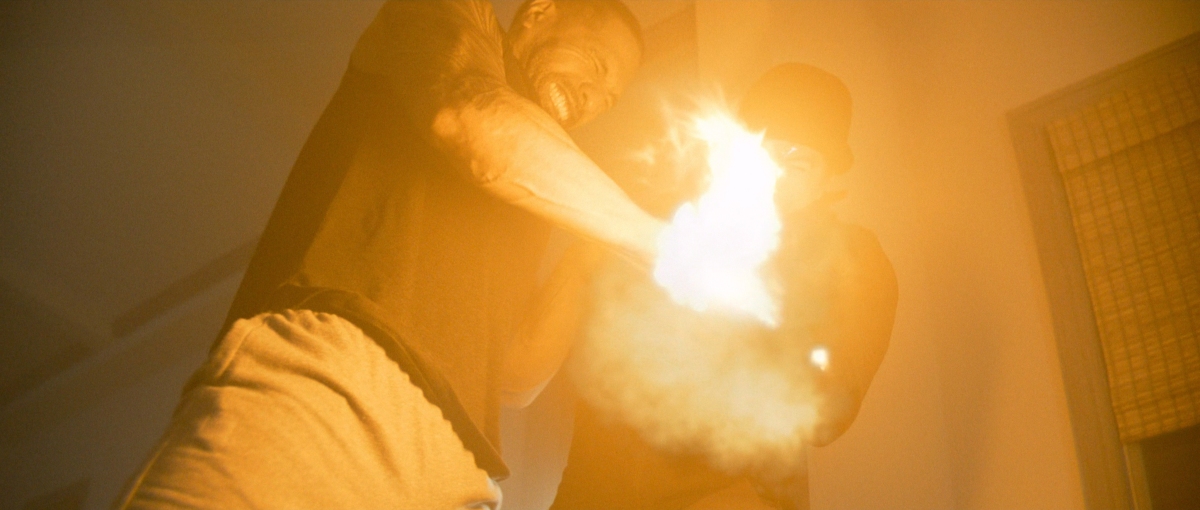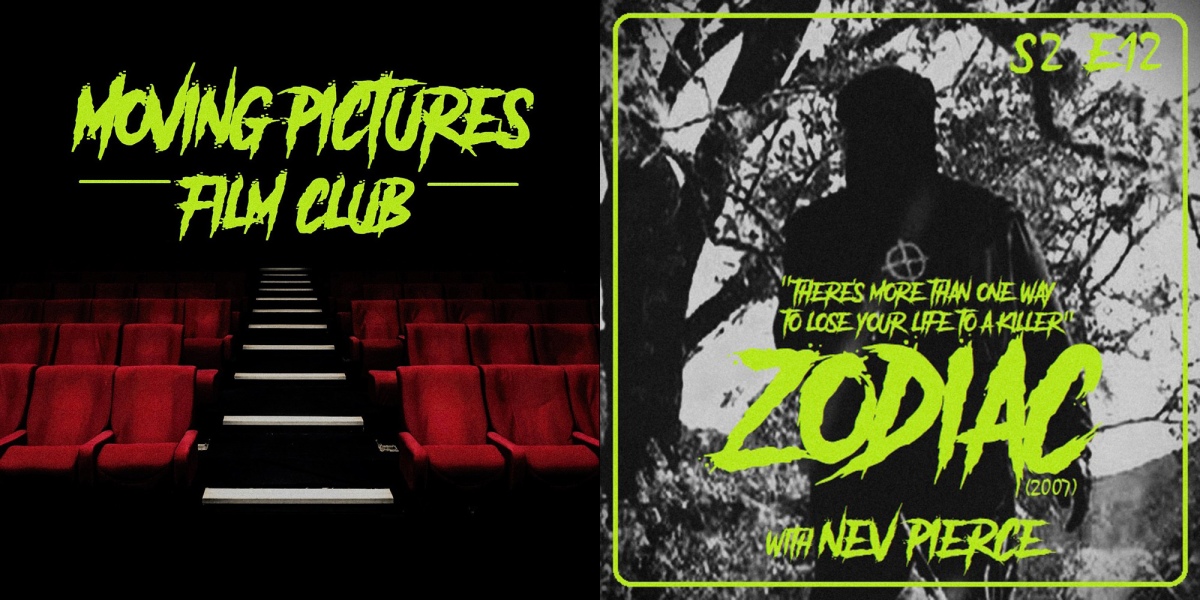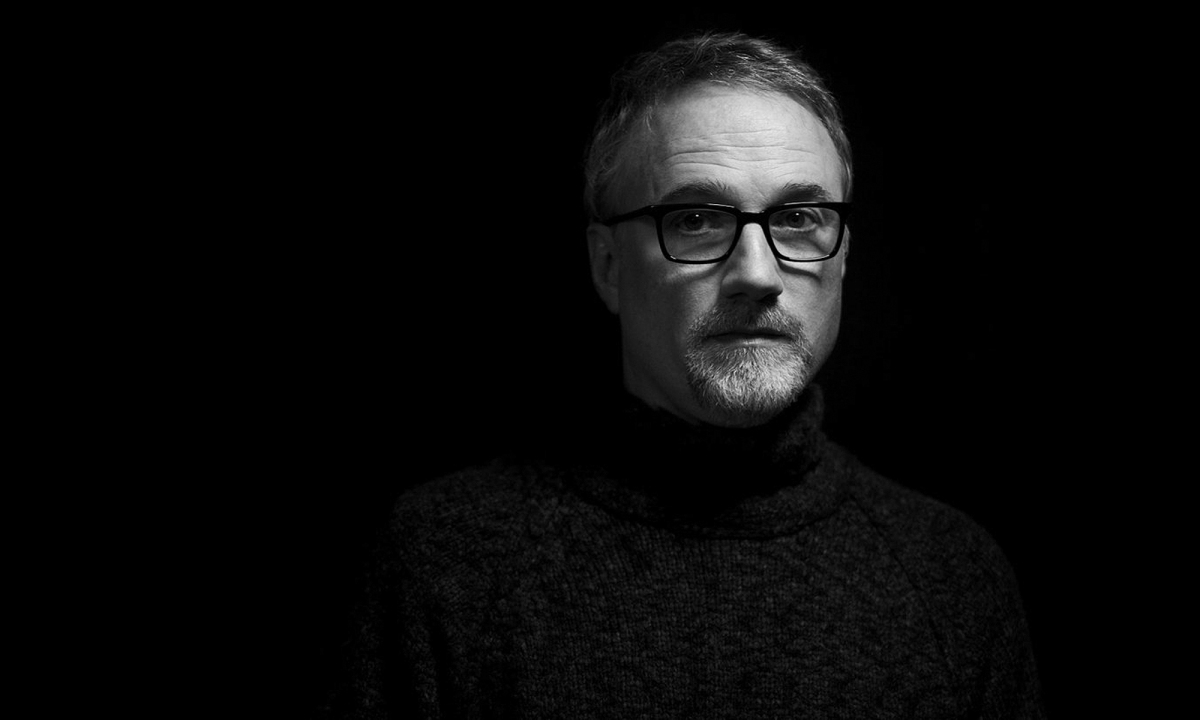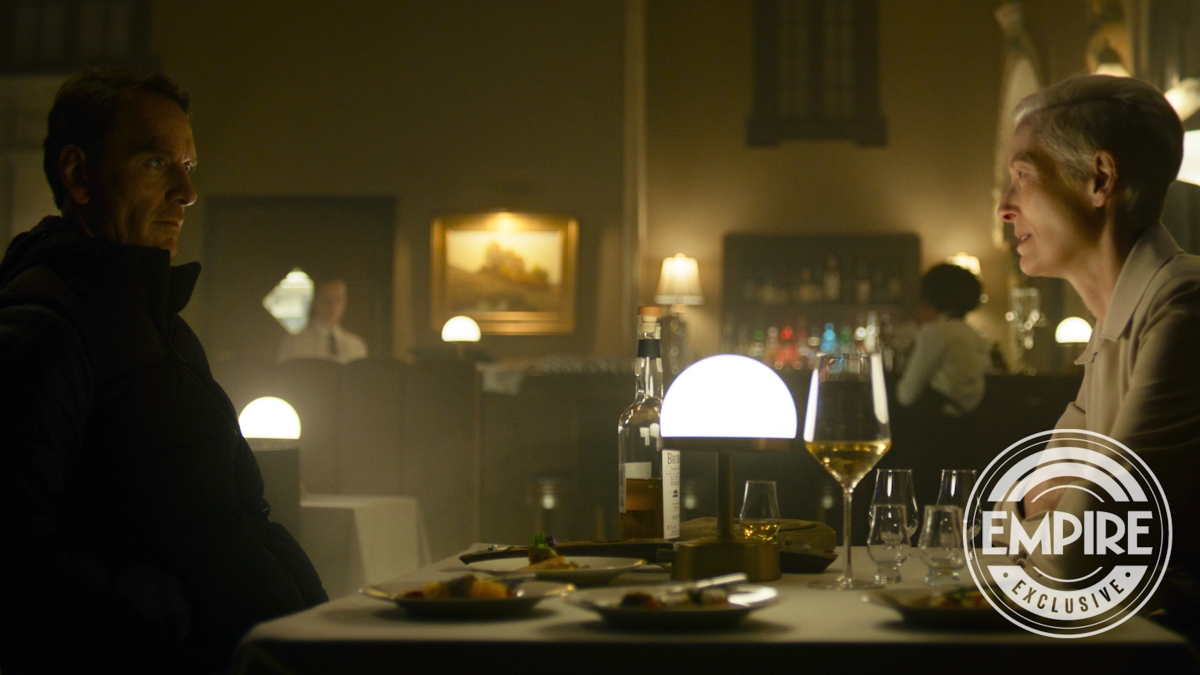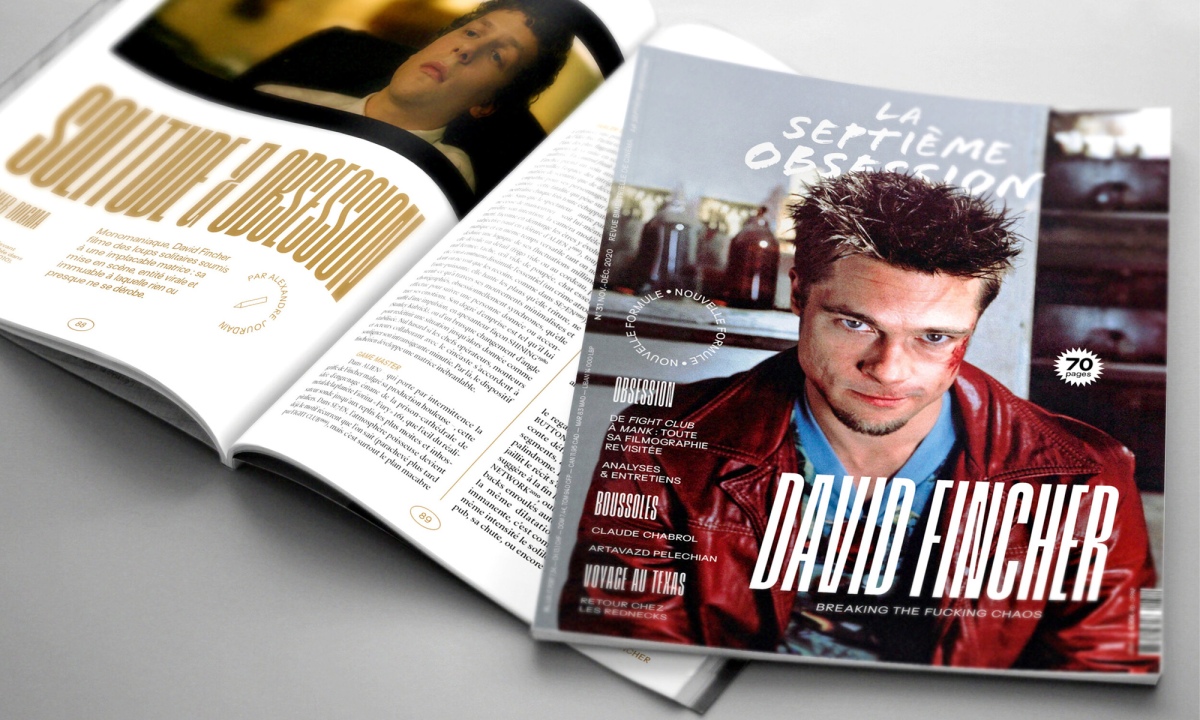Just what is required to deliver a fight of real ferocity? The Killer team worked in tandem for the battle with The Brute.
Nev Pierce
September 2023
Netflix (Press Notes)
The violence in The Killer isn’t indiscriminate, or extensive, but it has impact. And as much as Michael Fassbender’s hitman often works with a gun, sometimes things required more intimacy than that.
His journey to dispense his brand of justice takes him to Florida to find The Brute (Sala Baker), a mountainous fellow assassin. In the dead of night, he decides to steal into his house – when all hell breaks loose.
“The Brute represents somebody who may have done horrible things to somebody close to him,” says David Fincher, setting the scene. “He’s come to get his retribution. But I always loved the idea that everyone’s plan works… till you get punched in the face.”
The confrontation grows and grows and would require the utmost effort from the cast, stunt team and other heads of department. “It’s full on,” says Michael Fassbender, who does his fair share of stunt work himself, but is clear who is taking the major beating. “It’s the most physical [this sequence]. Not so much for me, as for the two boys. The fight is messy, it’s intense.”
Before battle could commence, the stage needed to be set. Producer William Doyle had found the exterior of The Brute’s house, while the interior was built in a studio space in New Orleans, with production designer Don Burt having to consider what was right for the character, the story and the stunts.
“The set was built in conjunction with the whole design of the fight itself,” says Burt. “There were a couple of instances, like, ‘Let’s put the door here, to the left instead of the right, so that works better for flowing through to the next room.”
Burt talks highly of fight coordinator Dave Macomber, who worked for months prior to the production to help design the conflict. “He did a video of the action, set up boxes to simulate the rooms and things that would have to be broken, and he would send us specific notes on what would happen.”
There was then time dedicated to a walkthrough rehearsal on the set. “Ceán [Chaffin, producer] made sure that happened early enough so there would be time for the art department to rebound!”
Alongside Burt and Macomber, cinematographer Erik Messerschmidt worked to establish the geography of the house for the audience. “We had to think about how to explain the space, while simultaneously shooting a fight scene,” says Messerschmidt, who points out how they carefully considered the staging with a view to story and commonsense, rather than amping the natural chaos of a fight.
This extended to how the scene was lit with a view to reality. “The sequence is hard, the camera is moving all over the place, the actors are moving all over the place, and it’s fast,” says Messerschmidt. “So we have to think about how we’re going to stage it for the light.”
This meant discussions with the art department about finding sources, from lights fitted under the kitchen cabinets, to establishing streetlights outside. “We decided we wanted hard, artificial street light through the windows,” says Messerschmidt, which meant erecting lights on the exterior location to match that. “In terms of the scope of the movie, a tremendous amount of energy went into just figuring out that fight.”

For fight coordinator Dave Macomber, whose stunt credits include HBO’s Watchmen (2019) and Avengers: Endgame (2019), working with Fincher was a unique experience. “He’s different from any other director I’ve worked with,” says Macomber. “His approach to things, all the intricacies, being able to do the number of set ups he does at the speed that he does.”
He regards the director as being able to predict, or foresee, elements which only become obvious to others in retrospect. “It takes a second to go, ‘Okay, he wants this in order to be able to achieve that!’ Most people only see that when they’re looking at their movie.”
It would be easy to imagine a fight as simply a blizzard of blows, but Macomber sees the possibilities of revealing character in the carnage. “I’ve always thought of fight moves as kind of ‘action dialogue,’” he says. “So whenever we’re creating these kinds of sequences, I’m always trying to keep in mind the motivation of the person within the scene.”
Macomber recalls long conversations with Justin Eaton, the stunt double for Fassbender, as they choreographed the sequence, checking “Does that really make sense?” For Eaton, who has worked with Macomber several times, it was a hugely positive experience, not least because he saw his friend given license to explore what was best for the material. “Fincher gave Dave a lot of freedom, to kind of audition what he thought would be the best way to capture things. Dave was blown away, because Fincher is one of his favorite directors. He’s been like a kid in a candy shop working on this.”
“The way the fight is designed, it’s like each piece goes into the next piece,” says Sala Baker, whose work as a stunt performer and actor goes back to playing the physical incarnation of Sauron in The Lord of the Rings. “David is such a particular mind,” says Baker, who really enjoyed how curious and open the director was, exploring suggestions and ideas to the full. “If you say anything, he’s going to really get into it. And Michael is so easy to work with, fun and open to adjustments.”
Baker also stresses how well-looked after everyone is, however bruising their scenes might be. “It’s such an amazing working environment to have that kind of care.” Pain, of course, when you’re delivering stunts, is part of the job. As Dave Macomber explains, “The way I think about it is there’s a difference between pain and injury. And there’s a difference between injury and debilitating injury. We accept the fact that things are going to be painful!”
“I feel sorry for those guys,” says Fincher, reflecting on the reality of staging the fight, although it all aids the experience on screen. “I like the idea of the audience rooting for this confrontation,” says Fincher. “And then it goes on and on and on. And you’re kind of going, ‘Good God, it’s awful what they’re doing to each other!’”

